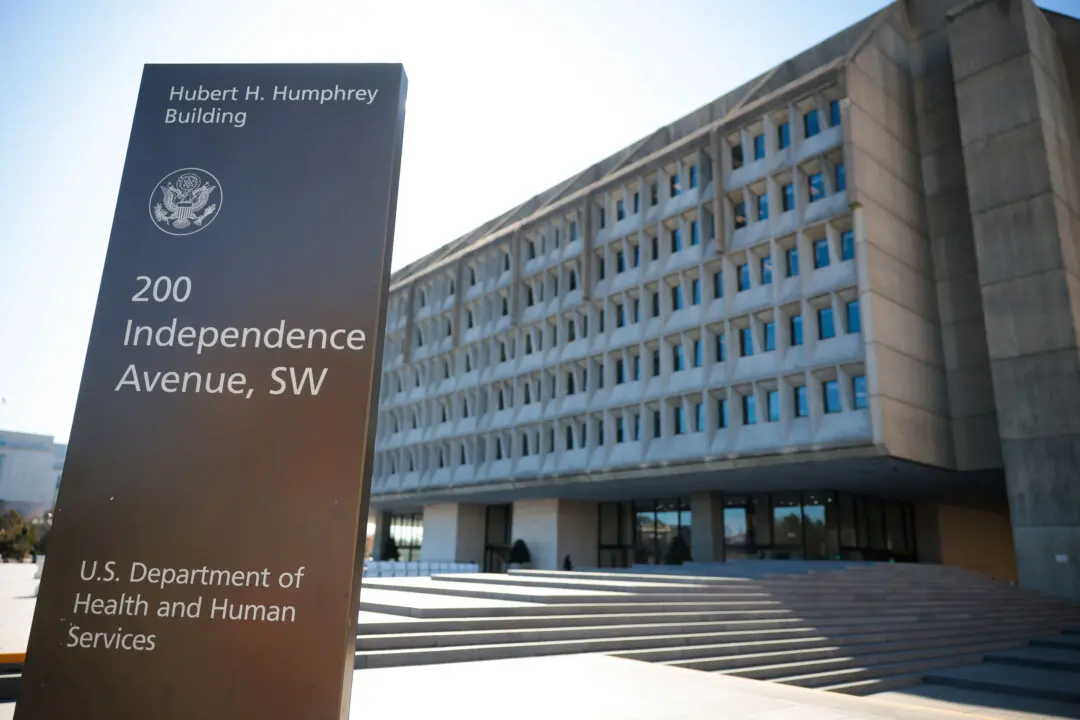A small faction of the 6,000-plus migrants now in Tijuana pushed their way within 500 feet of the southern United States on Nov. 22, while armed Mexican federal police formed a barrier and prevented them from getting closer.
The small group of about 150 migrants carried white flags as they departed a migrant camp and walked about five city blocks to reach the foot of the United States pedestrian bridge.




